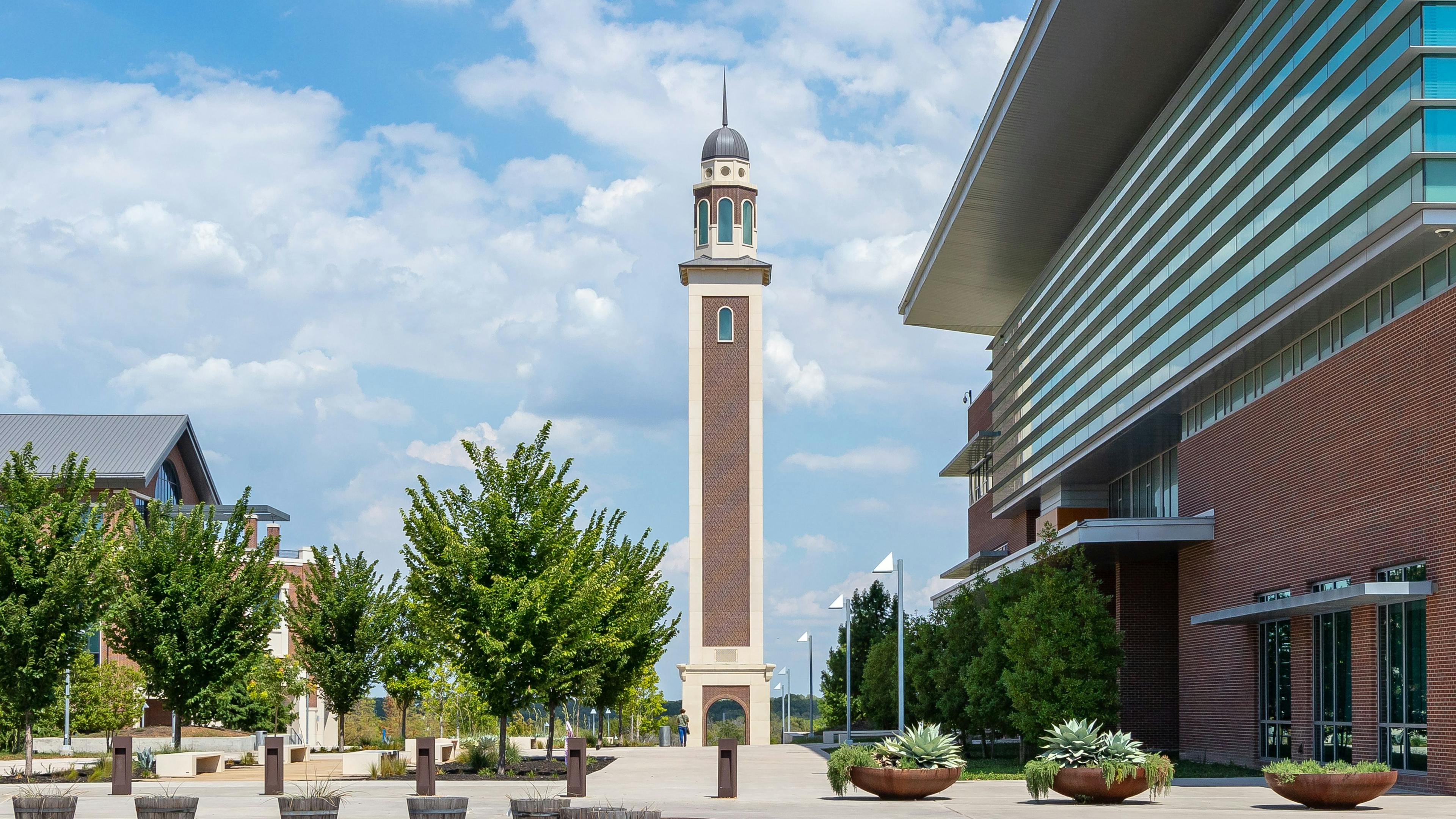
Three Ways Glass Is Changing the Conversation Around Heat Prevention and Comfort
Thanks to fears around solar heat gain and mediocre insulation performance, builders and architects have long been reticent about how much glass to include in their projects. This hesitance towards embracing glass has become a bigger talking point recently as a result of the widespread desire to lower building emissions and to build greener. Therefore, the thought process around using glass in building projects has remained the same: opt against it whenever possible.
But things have changed. In fact, glass has not only evolved into a more heat-neutral building material, but it’s now a key ally in the heat rejection and green building fight.
With that in mind, here are three ways that glass technology is opening up new doors in the construction and design industries—particularly in warm weather regions.
"Internet of Things" and Smart Comfort
One of the best aspects of living in a warm weather climate is often the view. However, in years past, these views were often significantly degraded by the heavily tinted glass that builders were forced to install as a way to block out UV and heat. Luckily, today’s glass is infinitely smarter than ever before.
Thanks to advances in particle science and the "Internet of Things," building managers or residents can control the amount of direct light that is permitted on a window-by-window basis. In addition, they can preset tinting levels to dynamically change depending on the time of day. This alone can result in drastic internal temperature reductions without having to lean as much on air conditioning.
Exterior Design
In warm weather regions, exterior design is just as important as interior design as occupants look for ways to take advantage of hotel or condo amenities. And while greenery, for example, does help in providing shade, builders still rely heavily on bulky physical structures that obscure views or flimsy temporary awnings to generate shade. However, thanks to the emergence of nanotechnology powered glass, builders can now build more design-friendly structures that reject UV and heat but still offer panoramic views and an open air feel. Moreover, occupants can tune barriers for added privacy if needed.
Material Protection
For years, occupants were faced with the same conundrum: while glass offers various benefits, it can also lead to interior fading and damage. Naturally, occupants have grown tired of this trade-off and have increased pressure on builders to find a way to give them the views they are looking for while also preventing interior damage. And advanced glass is doing just that.
In addition to features such as tunability, nanotechnology powered glass is capable of blocking out nearly 100% of UV rays as well as to rejecting the silent threat to material damage—visible light. This means builders can rest easy when it comes to questions over how friendly glass can be to the valuables with office spaces and residences.
Glass is no longer “public enemy number one” for builders today. By leveraging next-generation science and manufacturing, glass is allowing builders to embrace new possibilities and put their previous glass concerns to bed. And with continued innovation, it will be interesting to see what builders and architects will be able to create with glass as the technology progresses.
Related stories








